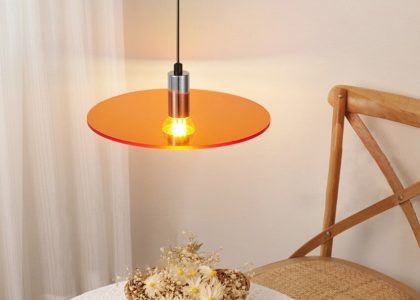Introduction
Salt lamps have recently gained popularity as a natural way to purify the air and improve mood. They are made from Himalayan salt and are said to release negative ions into the air, which can have a positive effect on health. However, are these claims backed by scientific evidence? In this article, we will explore whether or not salt lamps really work.
What are Salt Lamps?
Salt lamps are made from large chunks of Himalayan salt that are mined from the Salt Range Mountains in Pakistan. The salt is then carved into a lamp shape and a light bulb is placed inside to heat up the salt. As the salt becomes warm, it releases negative ions into the air, which are said to have a number of health benefits.
How do Salt Lamps Work?
Salt lamps are said to work by releasing negative ions into the air. Negative ions are molecules that have an extra electron, giving them a negative charge. They are formed naturally by lightning, ocean waves, and waterfalls. Negative ions are believed to help improve mood, increase energy levels, and even boost the immune system.
When a salt lamp is heated up, it emits negative ions into the air, which can counteract the effects of positive ions. Positive ions are produced by electronic devices, such as computers and cell phones, and can have a negative impact on health. They are believed to contribute to fatigue, stress, and a weakened immune system.
Scientific Evidence
While salt lamps have gained popularity in recent years, there is little scientific evidence to support their effectiveness. A study published in the Journal of Atmospheric Chemistry found that salt lamps only release small amounts of negative ions into the air. The study also found that the amount of negative ions released by salt lamps was not enough to have a significant impact on air quality or health.
Another study published in the Journal of Environmental Health found that salt lamps did not improve air quality or reduce symptoms of asthma. The researchers concluded that while salt lamps may have aesthetic value, they do not offer any proven health benefits.
Alternative Methods
While salt lamps may not be an effective way to improve air quality or health, there are other natural methods that can be used. Plants, such as the snake plant, spider plant, and bamboo palm, have been shown to improve air quality by removing toxins from the air.
Essential oils, such as lavender and peppermint, can also have a positive effect on mood and stress levels. They can be diffused into the air using a diffuser, or applied topically to the skin.
Conclusion
In conclusion, while salt lamps may be aesthetically pleasing, there is little scientific evidence to support their effectiveness. While they may release negative ions into the air, the amount is too small to have a significant impact on health or air quality. Alternative methods, such as plants and essential oils, may be a more effective way to purify the air and improve mood.


